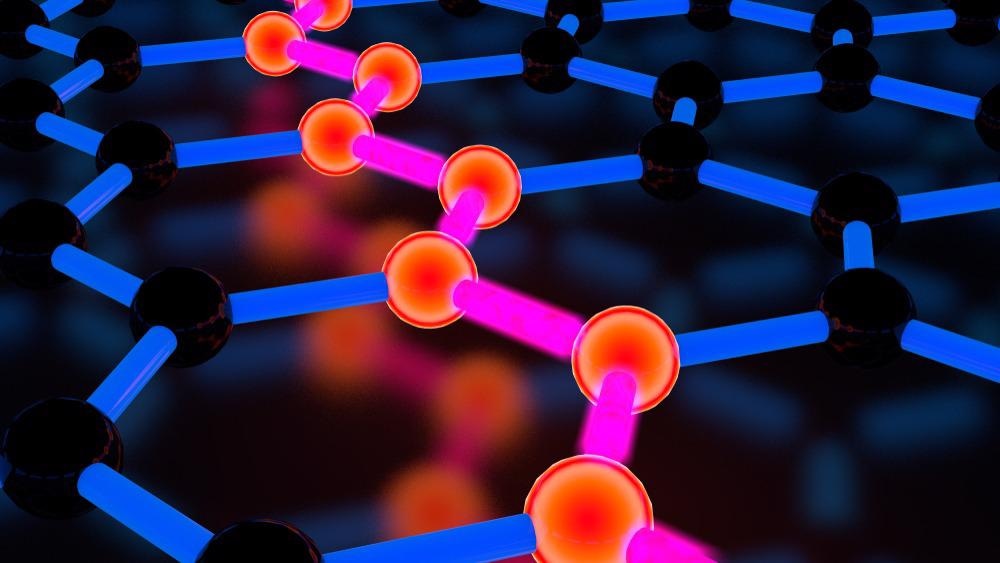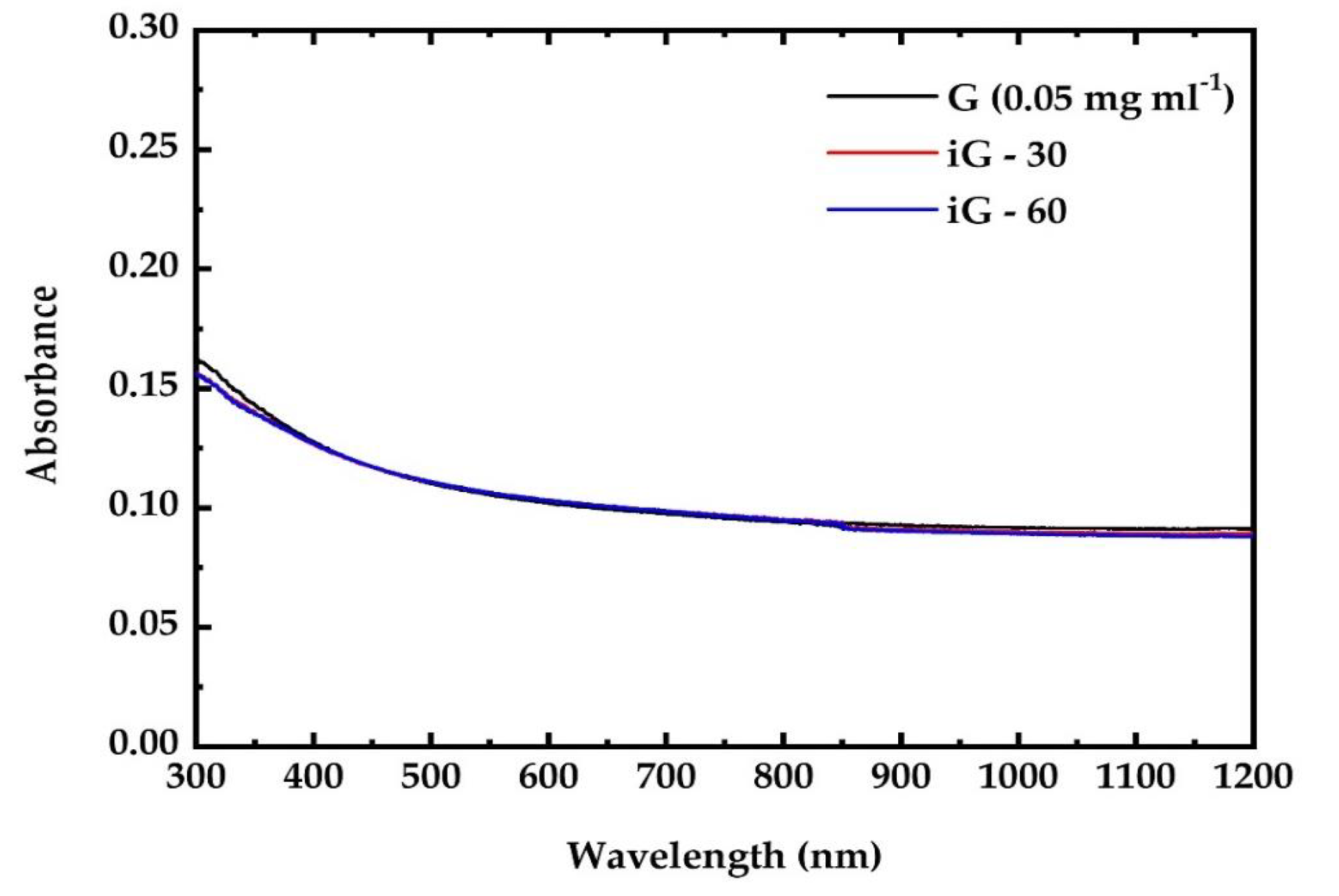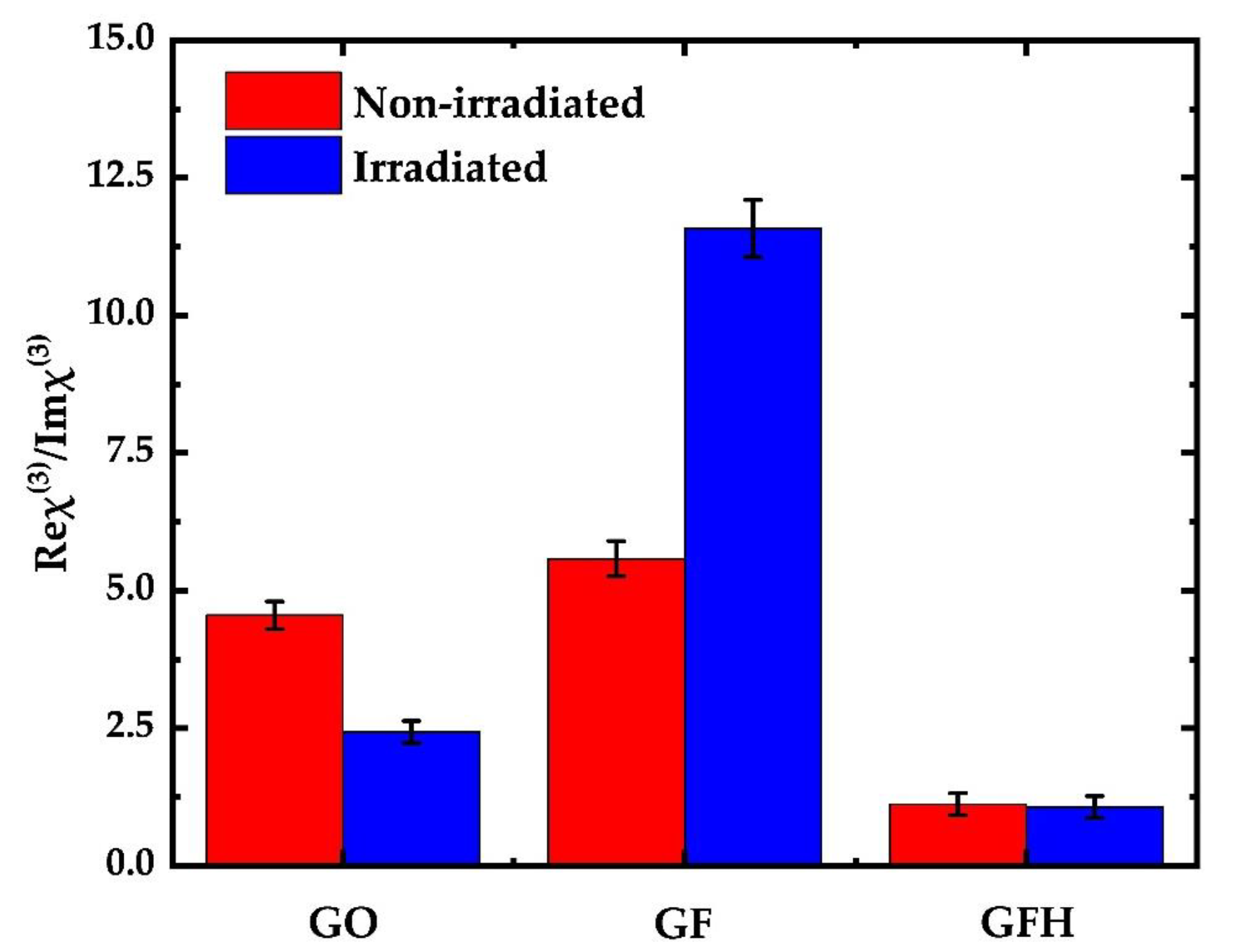A recent study published in the journal Nanomaterials demonstrates the influence of in situ photodegradation using ultraviolet (UV) illumination on the nonlinear optical response (NLO) of various graphene derivatives.

Study: Tailoring the Nonlinear Optical Response of Some Graphene Derivatives by Ultraviolet (UV) Irradiation. Image Credit: 3DStach/Shutterstock.com
The UV photoreduction in situ enables a more extensive adjustment of the level of functionalization, resulting in effective control of the sp2/sp3 hybridization proportions. This method can be used to create derivatives with tailored responses that are more appropriate for various optical and photoelectric applications.
Graphene: Importance and Applications
Due to its remarkable features, graphene has been one of the most investigated substances in the previous decade. Graphene is a two-dimensional carbon amorphous material with a 0 bandgap, and its superior mechanical, biochemical, and photonic characteristics make it an appealing material for a variety of technological fields, including solar panels, photodetectors systems, superconductors, adaptable electronic parts, field-effect circuitry, and more.
However, graphene's zero energy bandgap makes it difficult to incorporate into particular electrical and photonic devices.
In this regard, major research efforts have been focused on techniques to open and regulate a limited energy gap in graphene's heterostructure, thus expanding the material's opportunities for future uses.
Among the several ways described for modifying graphene's energy bandgap, covalent functionalization by the insertion of appropriate atoms on the graphene sheet's surface is the most commonly used.
Covalent Functionalization of Graphene atoms
The fact that graphene's carbon atoms are sp2-hybridized and each carbon possesses a Pz shell in the plane perpendicular to the surface allows for covalent functionalization, resulting in a very strong conjugated bond. Different elements and organic/ inorganic compounds have lately been suggested and widely used for graphene derivatization.
Overall, these investigations have shown that altering the interface of graphene with different atoms or molecules can significantly change its characteristics, allowing the fabrication of a diverse range of freshly produced nanomaterials with adjustable photonic, biochemical, and physical capabilities. Graphene oxide and fluorographene are two of the most investigated graphene derivatives.

UV–Vis–NIR absorption spectra of pristine and irradiated G dispersion. © Stathis, A. et al. (2022).
Significance of Graphene Oxide and Fluorographene
Graphene oxide (GO) is a crucial functionalized counterpart of graphene that is produced by oxidizing graphite with powerful oxidizing chemicals. Because of its excellent dissolution rate in solvents, GO is one of the most extensively employed materials, making it much simpler to handle and apply, while the inclusion of different oxy-functionalities enriches its composition for further development.
Graphene fluoride (GF), also known as fluorographene, is a two-dimensional material that is visually transparent to visible light. The functionalization of graphene fluoride is straightforward, resulting in reconstructed variants with the necessary fluorine concentration and adjustability of optical and chemical characteristics, making graphene fluoride one of the most attractive substrates for innovative graphene derivatives.
From this, it is clear that altering the oxygen/fluorine ratio of these chemically altered graphene sheets, i.e., the sp2/sp3 hybridization proportion is an effective and relatively straightforward technique to adjust their energy bandgap. The capability to fine-tune this ratio enables continual bandgap tailoring.
Research Findings and Conclusion
For the tailoring of the third-order NLO reaction of these graphene derivatives, UV photoreduction of certain graphene (G), graphene oxide (GO), graphene fluoride (GF), and hybridized graphene fluoride (GFH) suspensions are explored in this work. The absorbance spectrum of several graphene derivatives samples was compared before and after UV illumination, and it was discovered that the colloids of GO, GF, and GFH showed substantial improvements, indicating changes in the bond formation of the graphene sheet, while the colloids of pure graphene remained unchanged.
The NLO reaction of the radiated, or photo-reduced, materials varied dramatically depending on the illumination period, indicating structural changes. In comparison to the asymptotic declining NLO reaction of GF and GFH colloids, the NLO reaction of GO colloids was observed to rise following radiation.

Variation in the Reχ(3)/Imχ(3) ratio for each sample before and after irradiation. © Stathis, A. et al. (2022).
Future Perspective
The study results indicate that UV photoreduction can be a reliable and effective measure to control the electronic and optical properties of these nanostructured materials, resulting in a broad portfolio of graphene-based substances with custom-made nonlinear optical reactions. Therefore, substances that best represent the needs of a variety of optoelectronic and photonic applications can be manufactured.
Continue reading: The Potential of Plasmonic Nanoparticles in Biomedical Applications.
Reference
Stathis, A. et al. (2022). Tailoring the Nonlinear Optical Response of Some Graphene Derivatives by Ultraviolet (UV) Irradiation. Nanomaterials, 12(01), 152. Available at: https://www.mdpi.com/2079-4991/12/1/152
Disclaimer: The views expressed here are those of the author expressed in their private capacity and do not necessarily represent the views of AZoM.com Limited T/A AZoNetwork the owner and operator of this website. This disclaimer forms part of the Terms and conditions of use of this website.